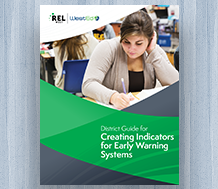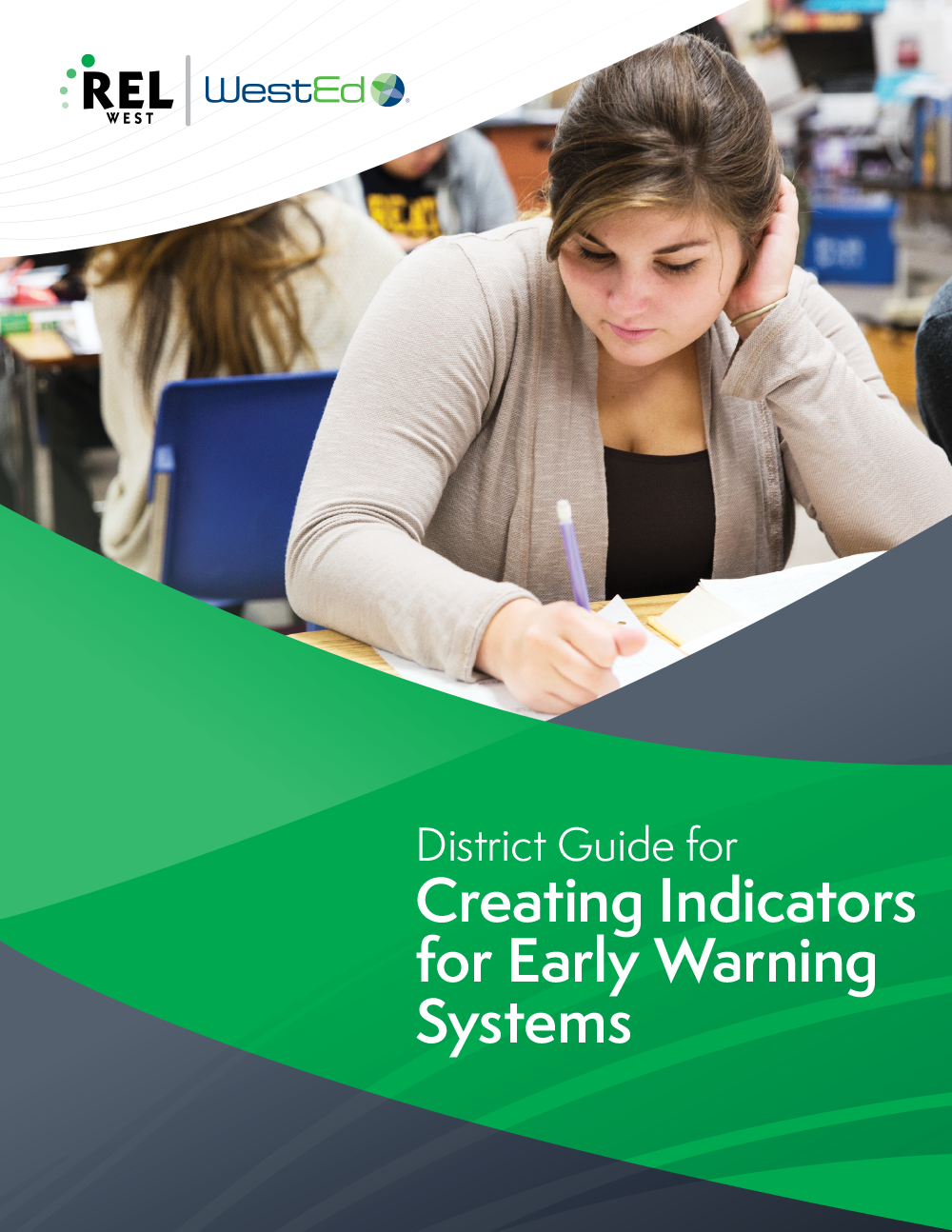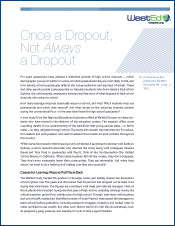Creating Indicators for Early Warning Systems: A Guide for Districts
Posted on

Many K-12 school districts across the country have implemented early warning systems that use readily available data to identify students who are at risk of failing to achieve a desired outcome, such as graduating from high school on time.
But which indicators should they use? Research shows that the predictive strength of indicators may vary across contexts, emphasizing the importance of the local experience.
This guide, prepared by the American Institutes for Research for REL West, describes a seven-step process for creating local indicators, starting with a review of commonly used indicators like behavior, course performance, and attendance.
Visit the District Guide for Creating Indicators for Early Warning Systems resource page to learn more and download your copy.




